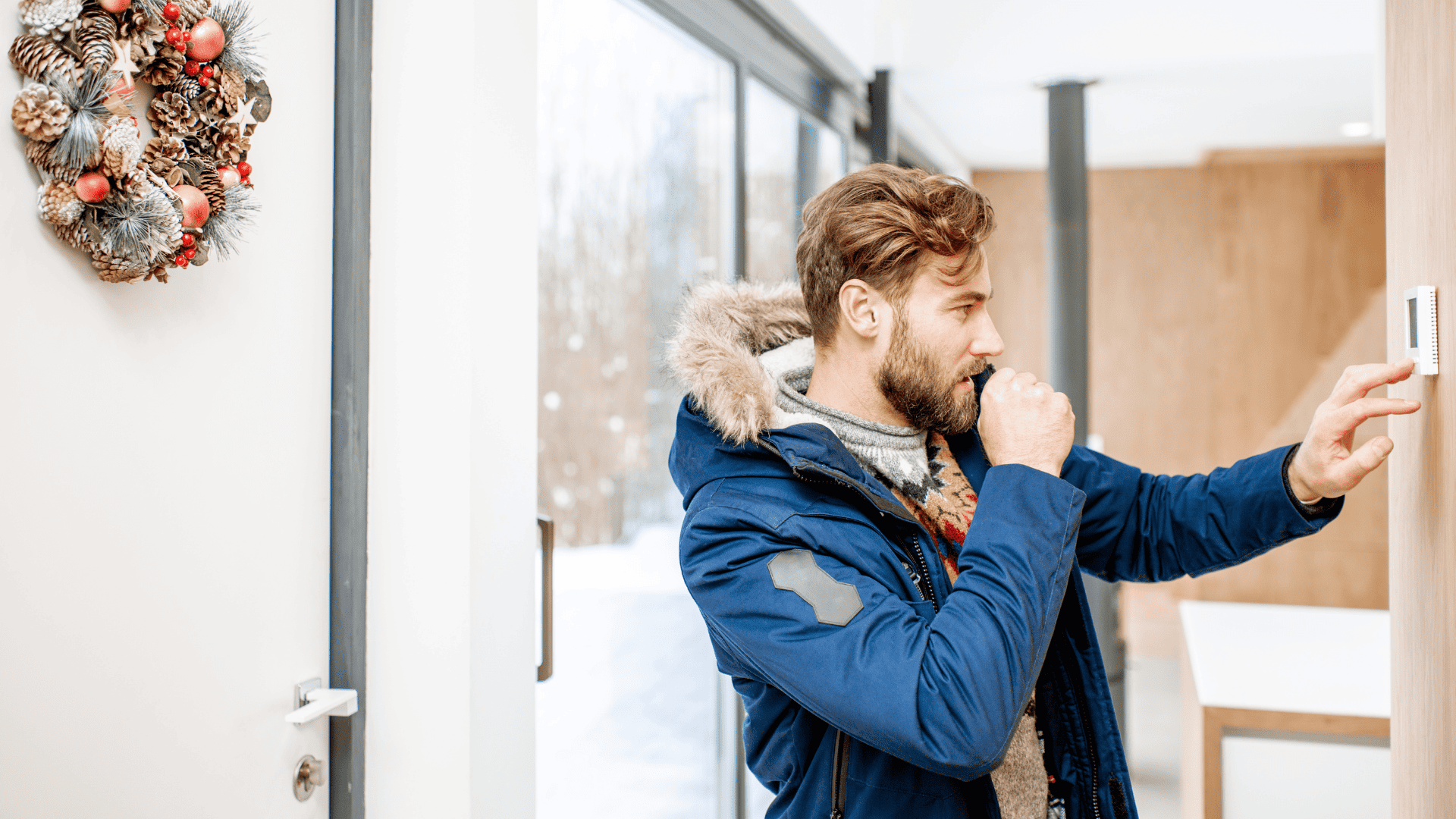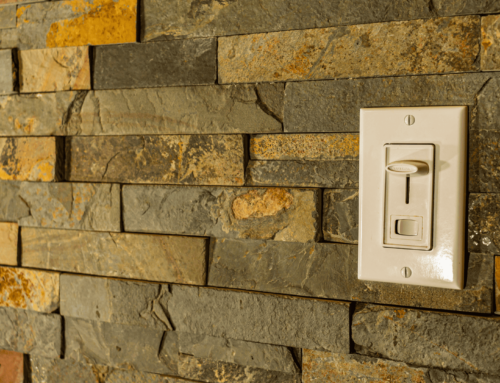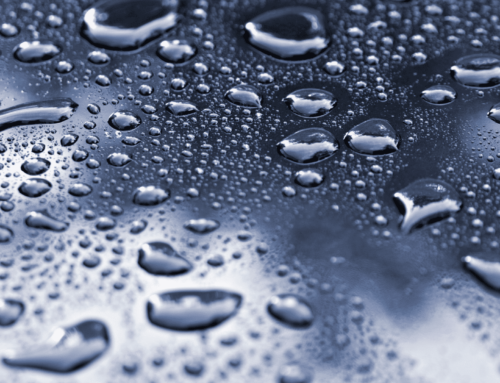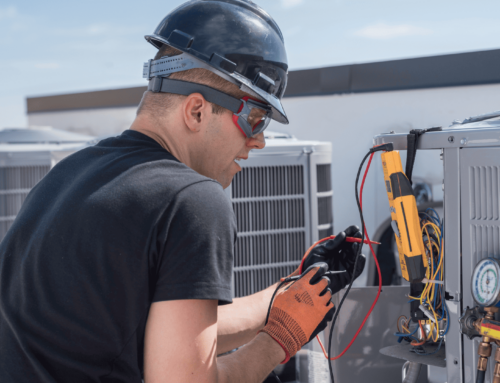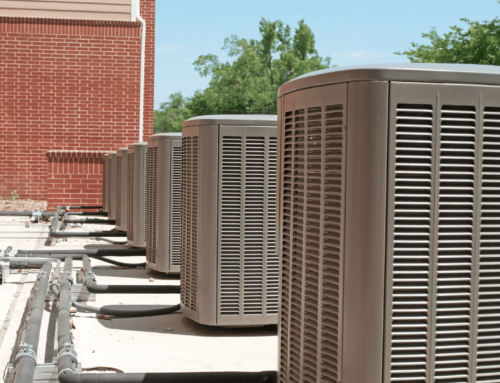
Your Furnace Hasn’t Warmed Up Yet
Furnaces can’t warm your home at the drop of a hat. They need time to heat up. If your furnace starts blowing cold air as soon as it’s switched on, the best thing to do is wait. In most cases, the problem will clear up on its own after 10-15 minutes. However, if you’ve waited and your furnace is still blowing cold air, you’ve likely got a problem.
Thermostat Was Set Incorrectly
Before calling for help, check your thermostat. Often, someone’s adjusted it without telling you. Make sure it’s set to the right temperature. It’s also possible that the fan has been set to ON rather than AUTO, which causes it to run continuously. Switching it back ensures the fan only activates when the heat is on.
Pilot Light is Out
Without a pilot light, older furnaces can’t ignite their burners and start the heating process. Pilot lights aren’t particularly strong, so it may have been blown out by a draft. The valve could also be clogged with dirt or your thermocouple may be malfunctioning. (The thermocouple is a safety device that shuts off the furnace when the pilot is out, to prevent gas from seeping into your home.)
Overheating
To prevent fires, your furnace is programmed to shut down automatically when it gets too hot. But even though the burners are off, the fan will continue to run ‒ a safety feature to help the system cool down. Overheating has many causes, but the two most common are:
- Dirty Filters. Filters trap dust and dirt particles, to keep your air clean. However, the more they absorb, the harder the fan has to work to keep air circulating through your furnace. Eventually, it winds up working so hard, it gets too hot and has to shut down.
- Dirty Components. Dirt can get inside your furnace for all kinds of reasons and it likely will over time. If it’s not cleaned, it can interfere with the movement of internal components. The resulting stress forces the unit to expend extra energy until it eventually overheats.
Furnace filters are widely available and can be swapped out on your own, but cleaning internal components requires professional help.
Condensate Line is Blocked
A lot of the heat generated by older furnaces was absorbed by the gas flue, which prevented exhaust gasses from condensing into liquid. Modern furnaces are more efficient, however. Most of the heat they generate is directed into your home, which means the gas flue is much cooler than before.
As a result, modern furnaces generate moisture that has to be collected and drained. Normally, they flow out of the condensate line. But if the line gets blocked, there’s a danger water might back up and flow into the unit. To prevent this, your furnace is programmed to shut down if it detects excess moisture. It’s possible to clear condensate lines on your own, but if you’re not familiar with the procedure, call a professional and ask them to walk you through it.
Lack of Fuel
Blocked or constricted gas flow will either prevent your furnace from igniting or significantly reduce its warmth. Before calling a repairman, make sure the gas valve is open by checking the handle. It sits atop the gas line and is often brightly colored, to make it easy to find. Turn the handle until it’s parallel to the line. If that doesn’t resolve the issue, the problem may be an obstruction, empty gas tank, or broken valve ‒ all of which require professional assistance.
Leaky Ducts
Poor ductwork allows warm air to escape and cold air to sneak in, driving up energy costs and reducing air temperatures in your home. While sealing vents isn’t difficult, they can be hard to find. You’ll most likely need an HVAC technician to pinpoint and repair the problem.
Flame Detector is Broken
Most furnaces made within the last 20 years use an ignition switch instead of a pilot light. This creates a spark that ignites the burners after the gas valve’s been opened. Once the flame has been detected, the heat exchanger begins warming the air. However, if the detector is faulty, the heat exchanger won’t activate and the furnace will blow cold air instead.
Mechanical Failure
Like your car, your heating system is subject to wear and tear. And the older a furnace gets, the more likely it is to fail. If your thermostat is working and the filter is clean, worn-out parts are the most likely reason your furnace is blowing cold air. Besides your flame detector, here are some of the other parts that cause cold air when they break down.
- Main Limit Switch. When your furnace overheats, the main limit switch shuts it off. However, if it’s malfunctioning, it may deactivate the furnace at normal temperatures instead.
- Circuit Control Board. The circuit control board is the brain of your furnace, allowing each component to talk to one another. When it burns out, it may prevent the gas valve, ignition switch, or burners from turning on and generating heat.
- Cracked Heat Exchanger. Your heat exchanger warms the air in your furnace. If it’s cracked, heat may be leaking before it can be absorbed. Cracks in the heat exchanger are a serious problem requiring immediate help. Besides causing your furnace to overheat, they can also lead to carbon monoxide poisoning.
Don’t Fall Victim to Wear and Tear
Before your furnace and heating equipment wear out, make sure they’re protected. HomesentialTM covers you from worn-out parts and mechanical failure. When your furnace is blowing cold air, rather than hunting around for a repairman, you call us instead. We schedule the technician and pay for all covered parts. There are no service fees or deductibles. Just a low monthly premium and 24/7 support. So what are you waiting for? Shop coverage today!


